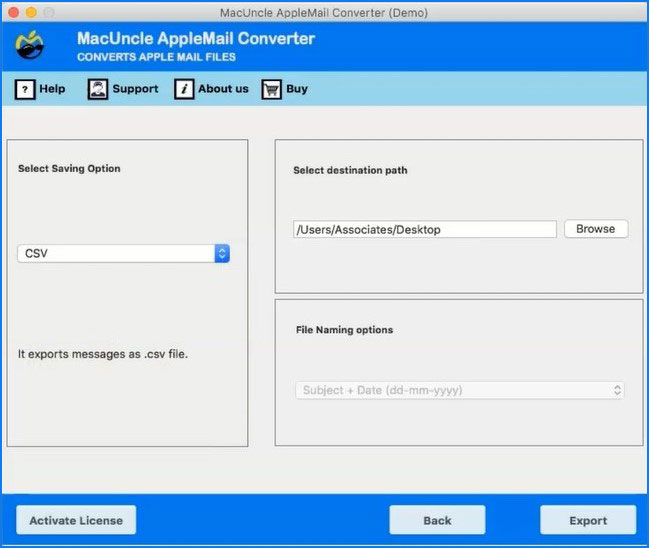
:max_bytes(150000):strip_icc()/textedit-HTML-955f0ced79214928ac37cfeef543bc86.jpg)

On OS X and Linux systems, there will be a blank string at the start of the returned list: Recall from earlier that the os.sep variable is set to the correct folder-separating slash for the computer running the program. For that, use the split() string method and split on the string in os.sep. > (os.path.dirname(calcFilePath), os.path.basename(calcFilePath))īut os.path.split() is a nice shortcut if you need both values.Īlso, note that os.path.split() does not take a file path and return a list of strings of each folder. Notice that you could create the same tuple by calling os.path.dirname() and os.path.basename() and placing their return values in a tuple. > calcFilePath = 'C:\\Windows\\System32\\calc.exe'

If you need a path’s dir name and base name together, you can just call os.path.split() to get a tuple value with these two strings, like so: The dir name is everything before the last slash.įor example, enter the following into the interactive shell: > os.chdir('C:\\ThisFolderDoesNotExist')įileNotFoundError: The system cannot find the file specified:įigure 8-4. The base name follows the last slash in a path and is the same as the filename. Python will display an error if you try to change to a directory that does not exist. When we change the current working directory to C:\Windows, project.docx is interpreted as C:\ Windows\project.docx. Here, the current working directory is set to C:\Python34, so the filename project.docx refers to C:\Python34\project.docx. Enter the following into the interactive shell: You can get the current working directory as a string value with the os.getcwd() function and change it with os.chdir(). Any filenames or paths that do not begin with the root folder are assumed to be under the current working directory. Print(os.path.join('C:\\Users\\asweigart', filename))Įvery program that runs on your computer has a current working directory, or cwd. For example, the following example joins names from a list of filenames to the end of a folder’s name: These strings will be passed to several of the file-related functions introduced in this chapter.

The os.path.join() function is helpful if you need to create strings for filenames. (Notice that the backslashes are doubled because each backslash needs to be escaped by another backslash character.) If I had called this function on OS X or Linux, the string would have been 'usr/bin/spam'. I’m running these interactive shell examples on Windows, so os.path.join('usr', 'bin', 'spam') returned 'usr\\bin\\spam'. If you pass it the string values of individual file and folder names in your path, os.path.join() will return a string with a file path using the correct path separators. If you want your programs to work on all operating systems, you will have to write your Python scripts to handle both cases.įortunately, this is simple to do with the os.path.join() function. OS X and Linux, however, use the forward slash ( /) as their path separator. On Windows, paths are written using backslashes ( \) as the separator between folder names.
#Save .txt file in directory for mac windows
Backslash on Windows and Forward Slash on OS X and Linux


 0 kommentar(er)
0 kommentar(er)
